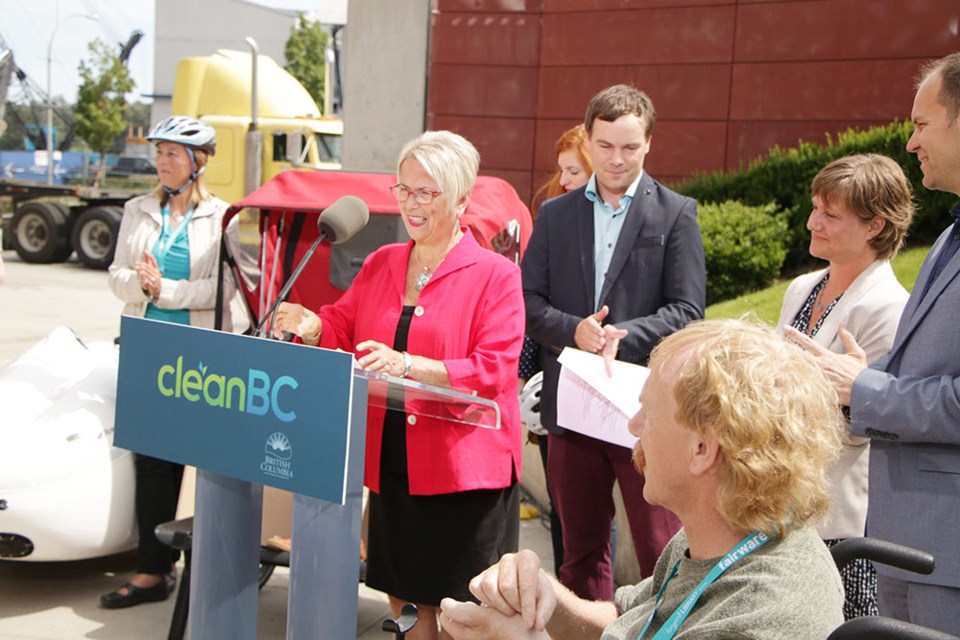The B.C. government unveiled its first active transportation strategy, and a New Westminster councillor says that is a positive sign the province is taking seriously the need for more active transportation.
“I think [it] is a really good moment for the province,” said Coun. Patrick Johnstone, a proponent of cycling.
The strategy, dubbed "Move. Commute. Connect.," includes adding electric bikes, scooters and skateboards to the definition of "road users" in the Motor Vehicle Act; expanding the existing BikeBC grant program to build safe transportation networks, developing educational tools with ICBC on the rights of all road users to increase safety and "aligning provincial policies, programs and funding" to support the use of active transportation.
For many B.C. municipalities, Johnstone said the need is for more infrastructure funding, but he added that New West has no major lack of infrastructure for active transportation.
What may be of benefit to New West is a policy wonk’s dream, but the details may seem minor to most residents – the province just released a new lengthy guidebook with a new set of standards for active transportation.
“That’s boring stuff like designs for roads and designs for crosswalks and designs for bikeways. But I think it’s really important; the province is creating a set of standards, so that as you move around the province to different municipalities, we’re going to be living by the same set of standards,” Johnstone said.
“So your bike lanes, your crosswalks, your other active transportation infrastructure is all going to be pretty much better integrated.”
Johnstone said one major issue for him is the safety of those more vulnerable individuals on the streets and sidewalks.
“I would love to see the province look again at the motor vehicle act and update the motor vehicle act so it properly protects vulnerable road users,” he said.
“That’s an area that is totally the province’s ability, and would make it easier for us to have 30 km/h zones in our residential neighbourhoods, make it easier for us to protect cyclists and protect pedestrians.”
The new active transportation strategy aims to double the percentage of trips taken by means of active transportation by 2030. But Johnstone says much of that increase will likely be in cities outside of the Lower Mainland, where infrastructure has yet to catch up with cities like New West or Vancouver.
“We do have relatively well-funded municipalities; we have TransLink, which helps manage some funding to help with active transportation around the region,” Johnstone said.
“But go to a city like Sechelt or a city like Trail or a city like Chetwynd, they don’t have a lot of infrastructure money in order to build these kinds of alternatives. … [But] if the province wants to provide us funding, I would love to receive that funding.
“I think that the guidelines they produce out of this strategy are going to help us design those things better so they work and they’re more consistent across the province.”
New Westminster MLA Judy Darcy did note that the City of New Westminster has been “very active” encouraging the use of public transit and cycling and safety for pedestrians and cyclists.
“This [B.C. strategy] is a program that is really going to support that, help to expand that,” said Darcy, who is also the minister of mental health and addictions.
“That’s good for people’s physical health. That’s good for their mental health, because it means people spending less time in cars, less time in traffic, less time cursing.”
She also noted the mental health benefits of being more active.
“There are people who will say that when you’re stressed out, the best thing to do is to go for a walk,” she said. “So this is absolutely about better physical health, better mental health and better climate health.”



